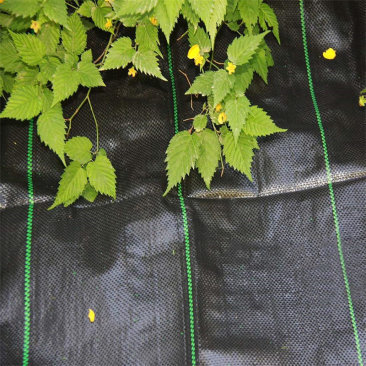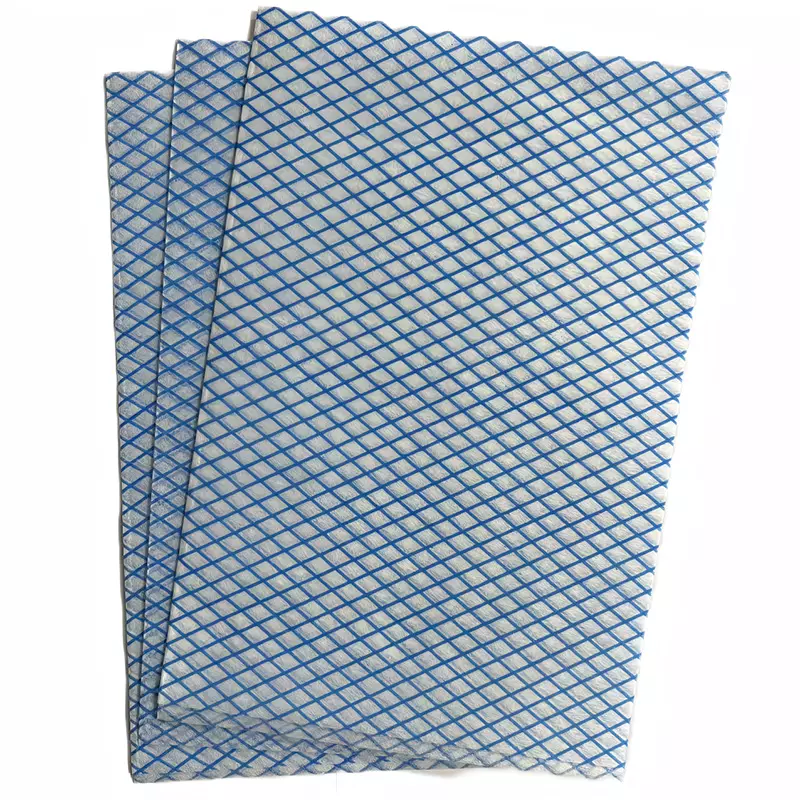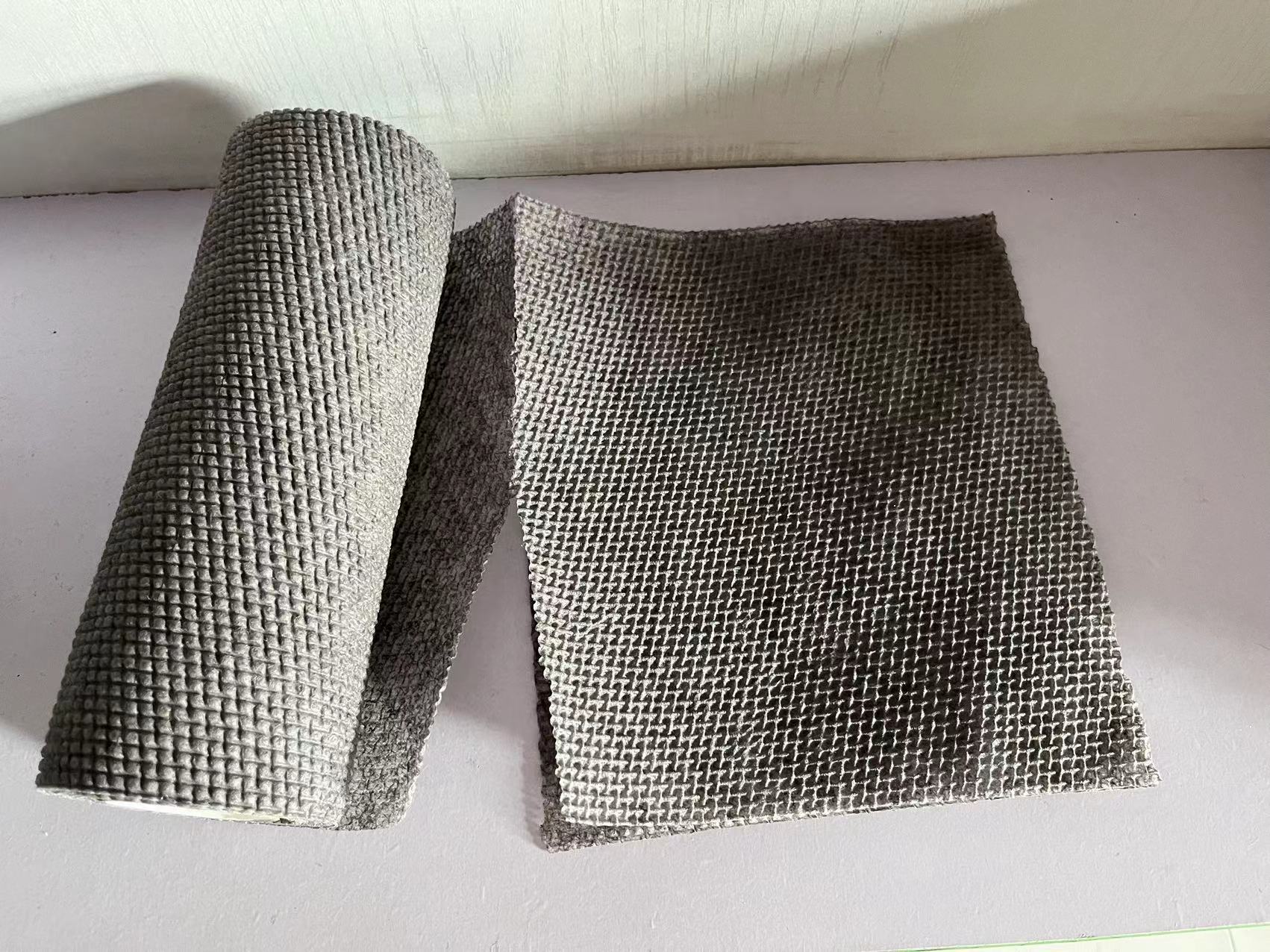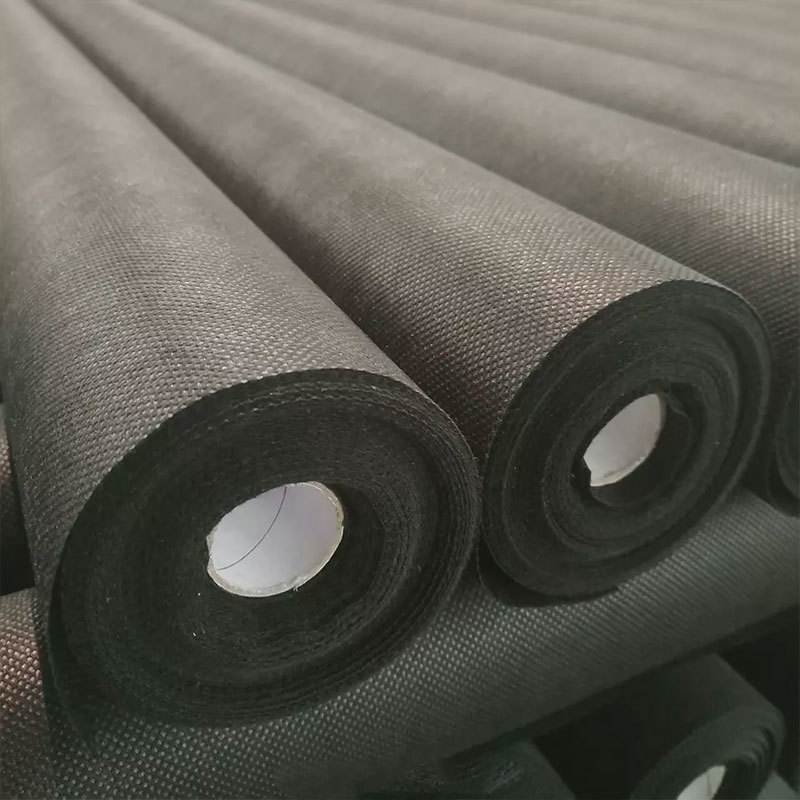26
2025
-
06
Understanding Nonwoven Fabric Polypropylene: A Versatile Material in Textiles
Nonwoven fabric polypropylene is a revolutionary material that has gained significant traction in the textile industry, primarily due to its unique properties and versatile applications. This type of fabric, produced from polypropylene fibers, is known for being lightweight, durable, and resistant to various environmental factors, making it suitable for a wide range of uses. One of the most notabl
Nonwoven fabric polypropylene is a revolutionary material that has gained significant traction in the textile industry, primarily due to its unique properties and versatile applications. This type of fabric, produced from polypropylene fibers, is known for being lightweight, durable, and resistant to various environmental factors, making it suitable for a wide range of uses.
One of the most notable characteristics of nonwoven fabric polypropylene is its ability to be engineered for specific functionalities. This fabric can be manufactured in various weights and thicknesses, allowing professionals to tailor it for different applications, from medical textiles to industrial uses. Additionally, the fabric can be treated with additives to enhance properties such as UV resistance, water repellency, and antimicrobial effectiveness. These features make it a preferred choice for products requiring particular performance attributes.
In the healthcare sector, nonwoven fabric polypropylene is widely used to create surgical gowns, masks, and other protective garments. Its breathability and fluid resistance are crucial in maintaining hygienic conditions in medical environments. Furthermore, due to its cost-effectiveness and ability to be produced in bulk, manufacturers can meet the growing demands of the healthcare industry efficiently.
In the realm of household products, nonwoven fabric polypropylene is commonly found in items like disposable tablecloths, cleaning wipes, and even reusable shopping bags. The fabric's lightweight nature contributes to ease of handling, while its durability ensures that products made from it can withstand regular use. This versatility extends to agricultural applications as well, where nonwoven polypropylene fabrics are utilized for weed control, crop protection, and soil stabilization.
From an environmental perspective, nonwoven fabric polypropylene has the advantage of being recyclable and can be manufactured from recycled materials. This attribute aligns with the increasing demand for sustainable practices in the textile industry. By opting for nonwoven polypropylene, manufacturers can offer eco-friendly solutions that meet consumer preferences for sustainability without compromising on quality.
Moreover, the ease of manufacturing nonwoven fabric polypropylene allows for rapid production cycles, reducing lead times and enabling businesses to respond quickly to market demands. This agility is particularly valuable in sectors like fashion, where trends can shift rapidly, necessitating a flexible supply chain.
In conclusion, nonwoven fabric polypropylene stands out as a multifunctional material with a broad spectrum of applications across various industries. Its unique properties, coupled with the ability to meet specific performance criteria, make it a go-to choice for professionals in the textile field. As the industry continues to evolve, understanding the capabilities of nonwoven polypropylene will be essential for those looking to innovate and stay competitive.
One of the most notable characteristics of nonwoven fabric polypropylene is its ability to be engineered for specific functionalities. This fabric can be manufactured in various weights and thicknesses, allowing professionals to tailor it for different applications, from medical textiles to industrial uses. Additionally, the fabric can be treated with additives to enhance properties such as UV resistance, water repellency, and antimicrobial effectiveness. These features make it a preferred choice for products requiring particular performance attributes.
In the healthcare sector, nonwoven fabric polypropylene is widely used to create surgical gowns, masks, and other protective garments. Its breathability and fluid resistance are crucial in maintaining hygienic conditions in medical environments. Furthermore, due to its cost-effectiveness and ability to be produced in bulk, manufacturers can meet the growing demands of the healthcare industry efficiently.
In the realm of household products, nonwoven fabric polypropylene is commonly found in items like disposable tablecloths, cleaning wipes, and even reusable shopping bags. The fabric's lightweight nature contributes to ease of handling, while its durability ensures that products made from it can withstand regular use. This versatility extends to agricultural applications as well, where nonwoven polypropylene fabrics are utilized for weed control, crop protection, and soil stabilization.
From an environmental perspective, nonwoven fabric polypropylene has the advantage of being recyclable and can be manufactured from recycled materials. This attribute aligns with the increasing demand for sustainable practices in the textile industry. By opting for nonwoven polypropylene, manufacturers can offer eco-friendly solutions that meet consumer preferences for sustainability without compromising on quality.
Moreover, the ease of manufacturing nonwoven fabric polypropylene allows for rapid production cycles, reducing lead times and enabling businesses to respond quickly to market demands. This agility is particularly valuable in sectors like fashion, where trends can shift rapidly, necessitating a flexible supply chain.
In conclusion, nonwoven fabric polypropylene stands out as a multifunctional material with a broad spectrum of applications across various industries. Its unique properties, coupled with the ability to meet specific performance criteria, make it a go-to choice for professionals in the textile field. As the industry continues to evolve, understanding the capabilities of nonwoven polypropylene will be essential for those looking to innovate and stay competitive.
nonwoven fabric polypropylene












